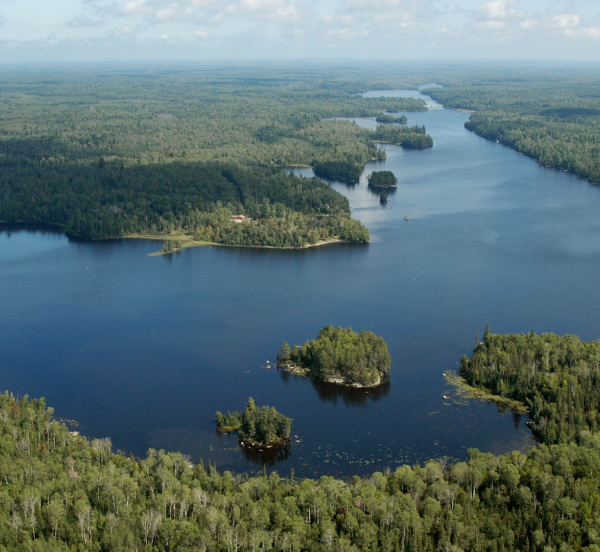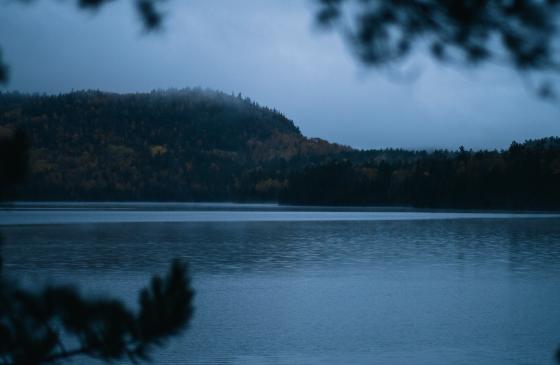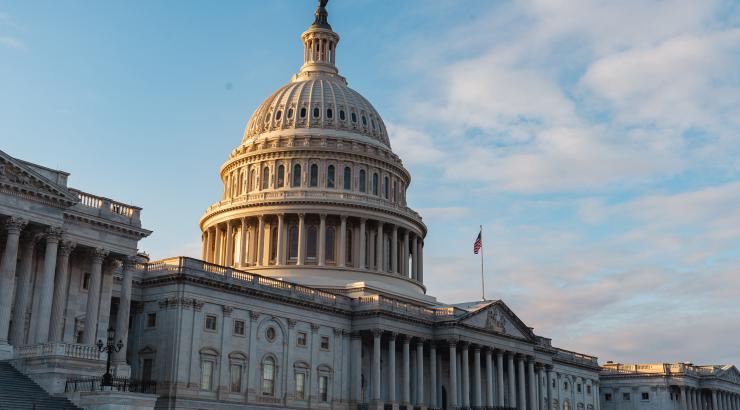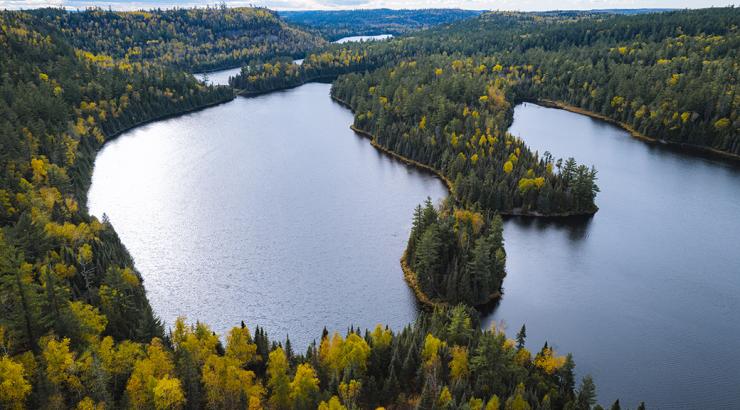
Did Twin Metals just get leases to mine in the watershed of the Boundary Waters? Nope.
What happened?
Deputy Secretary of the Interior Kate MacGregor revoked the standing 2022 formal legal interpretation (called an M-Opinion) and reinstated a flawed legal decision from 2017 that argued that Twin Metals Minnesota had the right to a third renewal of their expired mineral leases in the headwaters of the Boundary Waters, and, that the Bureau of Land Management did not have the discretion to deny that renewal application, which they did in 2016.
What does this mean?
Q: Are Twin Metals’ mineral leases reinstated?
A: No, they are not. Right now, there are no leases, and the 20-year mineral withdrawal, which bans copper mining in the watershed, is still in place.
Q: Does Twin Metals have rights to these mineral leases?
A: No, they do not. Legal precedent over multiple Presidential Administrations – Republican and Democrat – demonstrates that Twin Metals Minnesota never had automatic rights to lease renewal based on the original language of the mineral leases. This is not “returning leases” to Twin Metals – they never legally held these leases to begin with. See below for more information.
Q: What’s next?
A: By its own signaling - through campaign promises, its inclusion in Project 2025, and recent movement by the Department of Agriculture, it is likely that the Administration will seek to overturn the 20-year mining ban (also called the mineral withdrawal) and grant leases to Twin Metals Minnesota.
Q: How can I help?
A: It’s time for our elected officials to take a stand. Protecting the Boundary Waters from America’s most toxic industry isn’t radical – it’s practical.
What does it take for Twin Metals to put a copper mine near the Boundary Waters?
In order for Twin Metals to put a toxic copper mine near the Boundary Waters, they need to go through a long process that involves multiple agencies at the federal and state levels.
First, they must get mineral leases from the Bureau of Land Management (BLM) and the U.S. Forest Service, which give them permission to explore and possibly mine on public lands. But having leases doesn’t mean they can start digging right away.
After that, the company must submit detailed mine plans showing what they want to do and how they will handle pollution, waste, and water.
Those plans are then reviewed by several federal and state agencies, including the Minnesota Department of Natural Resources, which studies the risks to the land, water, wildlife, and people. This process includes environmental reviews, public comment periods, and scientific analysis. (Which have already been completed by previous administrations.)
If the plans don’t meet environmental laws or pose too much risk, especially in a place as sensitive as the Boundary Waters, agencies like these can and have repeatedly said NO - this place is too special to put at risk. Now, some federal officials are trying to once again reverse that decision and help the company move forward, even though they still don’t have legal rights to mine.
Email us at Info@SavetheBoundaryWaters.org if you have further questions.
TIMELINE
Under the terms of the original 1966 leases, the lessee (now Twin Metals), was entitled to three successive 10-year renewals of the leases unless, at the end of the original 20-year lease, the lessee had not begun production. The company seeking leases is not entitled to any subsequent lease renewals unless production begins in this time frame, or if that timeframe is extended by the Secretary of the Interior Department.
2016
The Department of the Interior (DOI) denies Twin Metals’ application for a third lease renewal. This is supported by an earlier 2016 legal opinion of the DOI solicitor under Obama. This M-Opinion, also called the Tompkins Opinion, mirrors findings of both the Reagan and Johnson Administrations before it and states that Twin Metals Minnesota has no legal right to a third renewal of its expired mineral leases because production was not started within that 20-year time frame, and no extension was granted.
2017
Trump’s DOI Solicitor Daniel Jorjani issues an M-Opinion withdrawing and replacing the 2016 Tompkins Opinion and instead arguing that BLM lacked discretion to deny Twin Metals’ lease renewal application. This M-Opinion goes against three Administrations' worth of legal precedent – Reagan, Johnson, and Obama.
2018
Trump’s DOI rescinds the 2016 denial for Twin Metals’ lease renewal and illegally reinstates Twin Metals’ lease renewal application.
2019
The Bureau of Land Management renews Twin Metals’ leases.
2022
These illegally reinstated leases are cancelled: Biden’s DOI Principal Deputy Solicitor Ann Marie Bledsoe Downes issues a new M-Opinion (“Downes Opinion”) that rescinds the Jorjani Opinion, and finds the 2019 renewals of Twin Metals’ leases were improperly issued and subject to cancellation.
2025
July 2025: Deputy Secretary MacGregor issues a memo revoking the Downes Opinion and reinstating the 2017 Jorjani Opinion, which says that the BLM was wrong in denying TMM lease applications in 2016.
In summary: The Trump Administration is attempting to clear the way – using questionable legal arguments, ignoring precedent, flying in the face of robust scientific and economic evidence – to prepare for the sell out of public lands in the watershed of the Boundary Waters, America’s most visited Wilderness and beloved crown jewel of the state of Minnesota.



